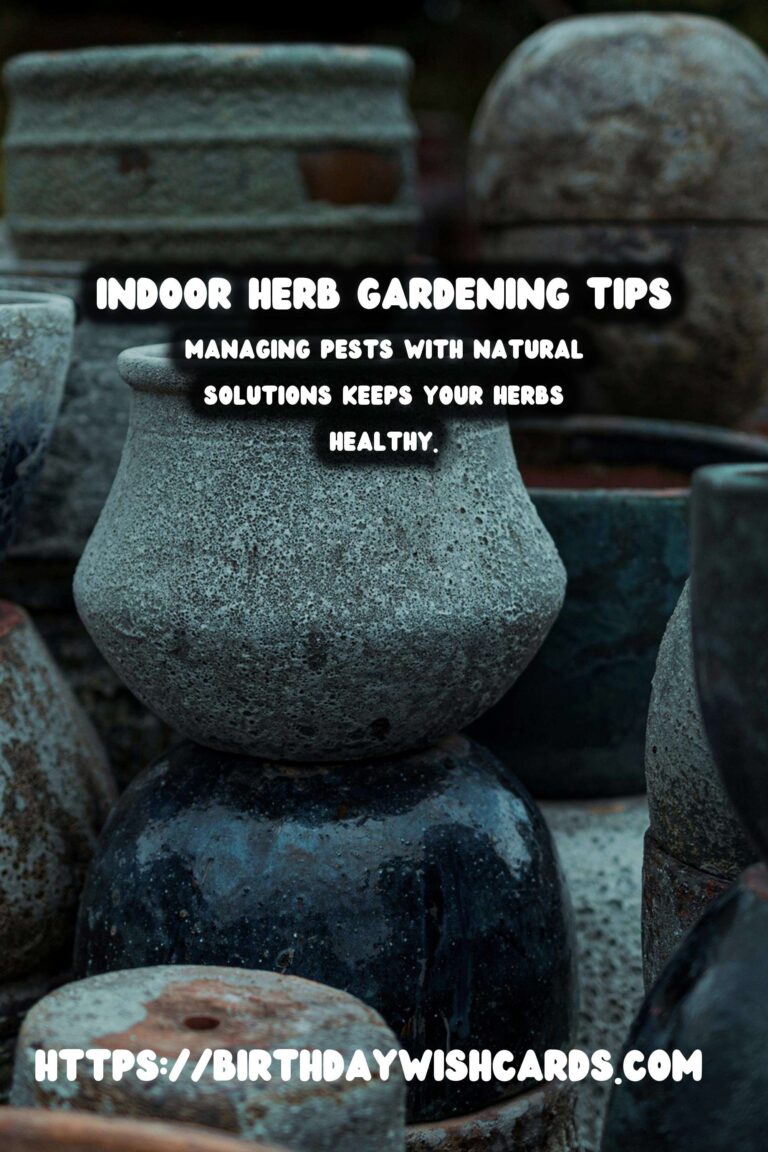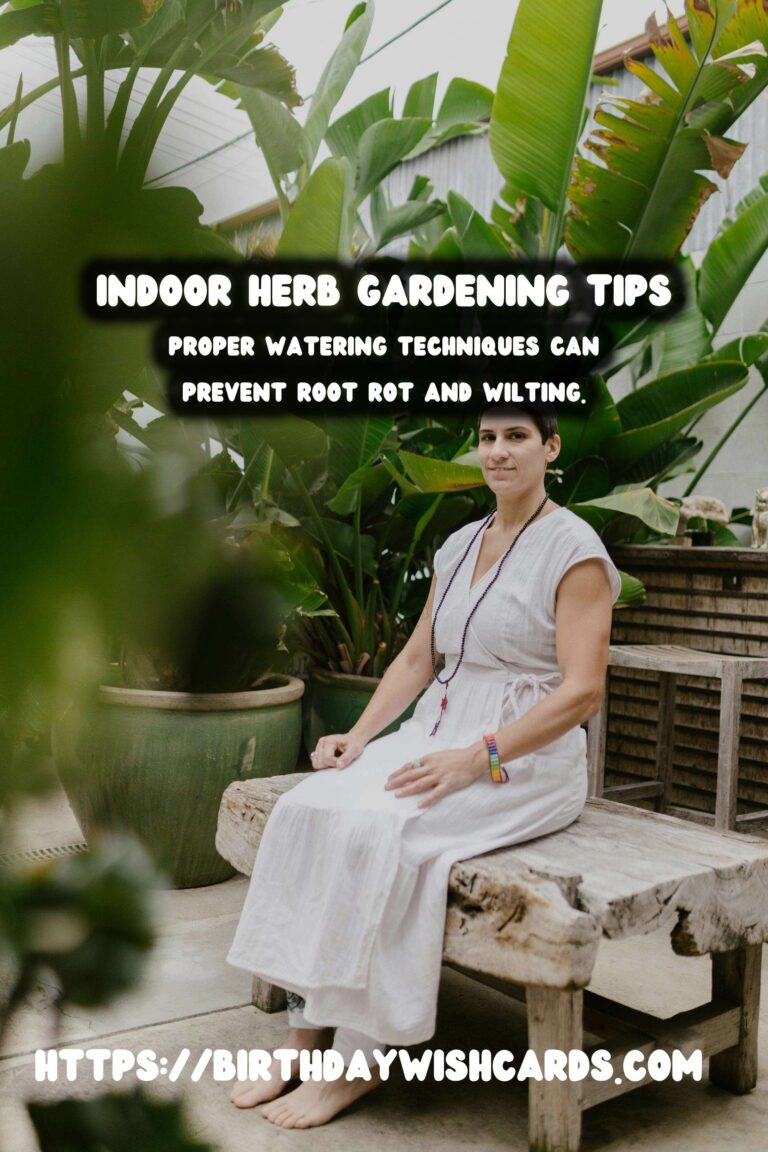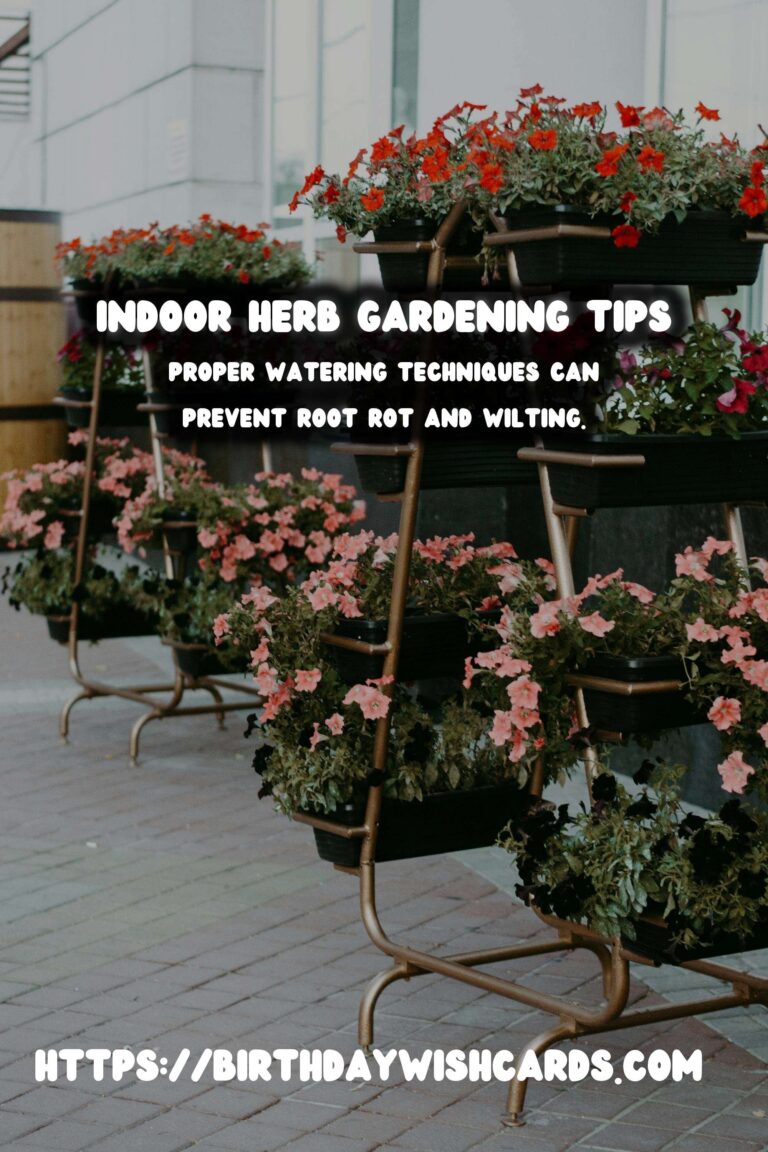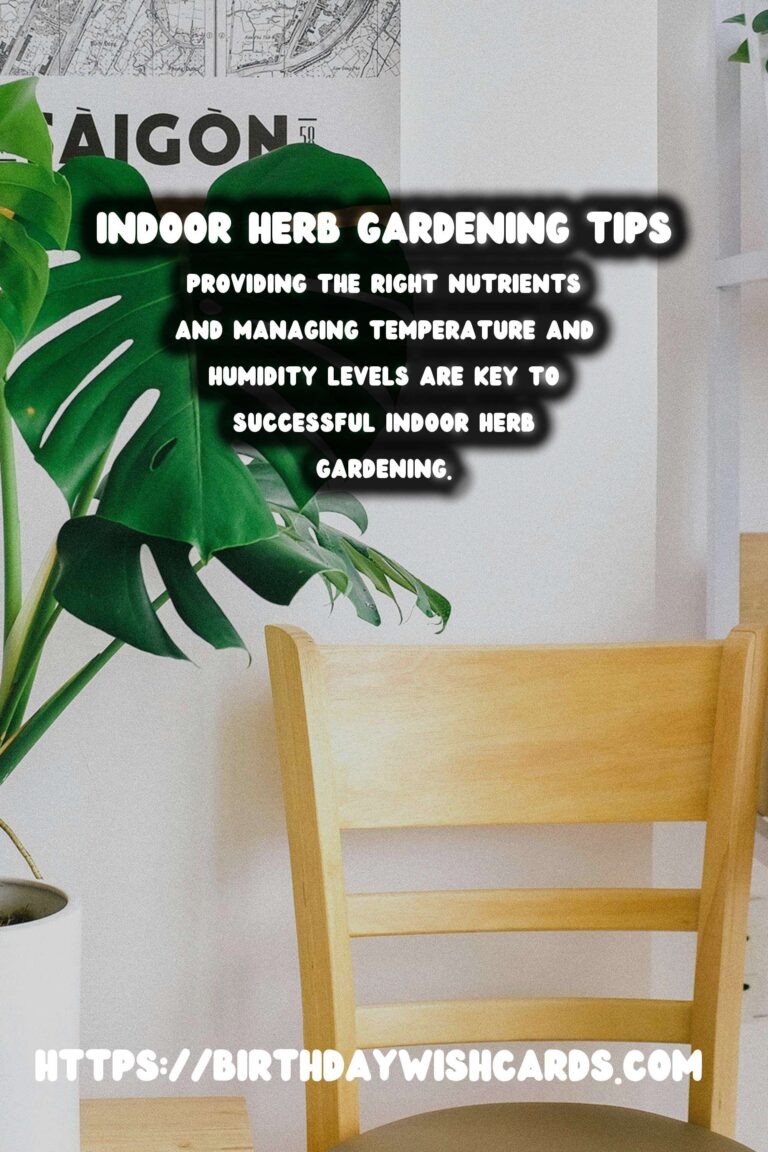
Growing herbs indoors is a rewarding and practical endeavor that allows you to have fresh flavors at your fingertips all year round. However, like any gardening project, it comes with its own set of challenges. Understanding how to troubleshoot common issues can make the difference between a flourishing indoor herb garden and a struggling one.
Understanding Light Requirements
One of the most common issues faced by indoor herb gardeners is inadequate lighting. Herbs are generally sun-loving plants that require plenty of light to thrive. If your herbs are not getting enough light, they may become leggy or pale. To solve this issue, consider placing your herbs in the sunniest spot in your home, such as a south-facing window. Alternatively, you can use grow lights to supplement natural light, particularly during the shorter days of winter.
Watering Wisely
Overwatering or underwatering is another frequent problem. Most indoor herbs prefer their soil to dry out slightly between waterings. If the soil is consistently wet, it can lead to root rot, while too little water can cause wilting. To avoid these issues, ensure your pots have good drainage and check the soil moisture regularly by inserting your finger about an inch deep. Water only when the soil feels dry at that depth.
Dealing with Pests
Pests can be a persistent problem for indoor herbs. Common pests include aphids, spider mites, and whiteflies. To manage these pests, regularly inspect your plants and remove any affected leaves. You can also use insecticidal soap or neem oil as a natural treatment. Keeping your plants healthy with adequate light and water also makes them less susceptible to pest infestations.
Nutrient Deficiencies
Herbs grown in pots can quickly deplete the soil of nutrients, leading to yellowing leaves or stunted growth. To prevent nutrient deficiencies, use a high-quality potting mix and consider adding a slow-release fertilizer. You can also use a liquid fertilizer every four to six weeks to provide a nutrient boost during the growing season.
Managing Temperature and Humidity
Herbs generally prefer temperatures between 65 and 75 degrees Fahrenheit. Extreme temperatures can stress your plants, causing them to drop leaves or grow poorly. Additionally, indoor environments can be dry, especially during winter months. To increase humidity around your herbs, consider using a pebble tray with water or a small humidifier. Grouping plants together can also help maintain moisture in the air.
Pruning for Health and Productivity
Regular pruning is essential for the health and productivity of your indoor herbs. Pruning encourages bushier growth and prevents your plants from becoming leggy. When pruning, focus on removing any dead or yellowing leaves and cutting back the tips of branches to promote branching. Be sure to use clean, sharp scissors to avoid damaging the plants.
Conclusion
By understanding and addressing these common issues, you can ensure your indoor herb garden remains vibrant and productive. With the right care and attention, you’ll enjoy a bountiful supply of fresh herbs all year long. Remember that each herb may have specific needs, so it’s important to research and understand the requirements of each variety you grow.
Growing herbs indoors requires understanding their specific light, water, and nutrient needs. Adequate lighting is crucial for preventing leggy or pale herbs. Proper watering techniques can prevent root rot and wilting. Managing pests with natural solutions keeps your herbs healthy. Providing the right nutrients and managing temperature and humidity levels are key to successful indoor herb gardening. 









#HerbGardening #IndoorGardening #GardeningTips #Herbs




